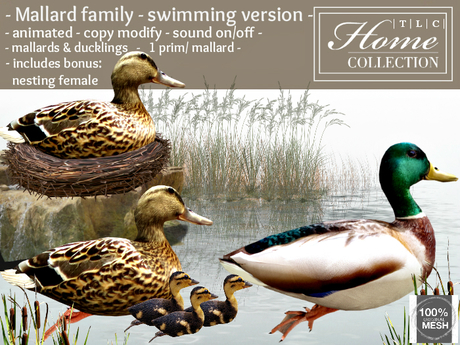
Contents
5 Strategies for Limiting on Late-Season Mallards
Now is the time that mallards become tough to kill. Hens and drakes are pairing up, becoming more solemn and less interested in being around other ducks. However, mallards will still congregate in large groups on hidden waters to avoid hunting pressure. To successfully hunt late-season greenheads, you need to change tactics. These ducks have seen it all – the decoys, the calls, and the hunters. Here are some strategies to fool more wary January greenheads:
1. Get Close to the Ducks
In January, be where the ducks want to be and set up there. Forget trafficking birds – get on the X. If you can’t, get as close to the X as possible, so that ducks coming off the roost in the morning get confused in the darkness and pitch into your spread by mistake. The challenge is finding cover because ducks become wary of traditional blinds. The Invisiman and Fatboy DP blinds designed by Ira McCauley offer great options for hunting in shallow-water wetlands and bigger water, respectively.
2. Scout Creek Bottoms
If you can’t find the ducks, they have likely found the most secluded water they can pitch down into, typically a tree-lined creek bottom with high sides. Scout these areas and observe the ducks from a distance using binoculars. Don’t walk up on them, as it will only spook them. Let the first few groups light, then make a move if you are not on the X. Once the mallards commit and get under the canopy, they’re vulnerable.

3. Use Spinners
Spinning-wing decoys can still be effective late in the season if used strategically. Rapidly turn them on and off to catch the attention of ducks on the corners. Stake them out under cover to break up their outline and mimic safe landing areas.
4. Spark Duck Curiosity with Decoy Spreads
Consider using unique decoy spreads that spark curiosity in late-season ducks. Stuffer goose and Boland duck decoys provide ultra-realistic alternatives to standard decoys. Using Canada goose floaters or fully-flocked mallard decoys with different postures can also attract mallards.
5. Limit Calling
If you are hunting a food source or loaf pond and know ducks are coming to it, there’s no need to call excessively. Calling can signal danger to wary ducks. Unless you are an extremely competent caller, it’s best to stay silent, be patient, and let the birds work.

A skilled hunter, dedicated conservationist, and advocate for ethical practices. Respected in the hunting community, he balances human activity with environmental preservation.
